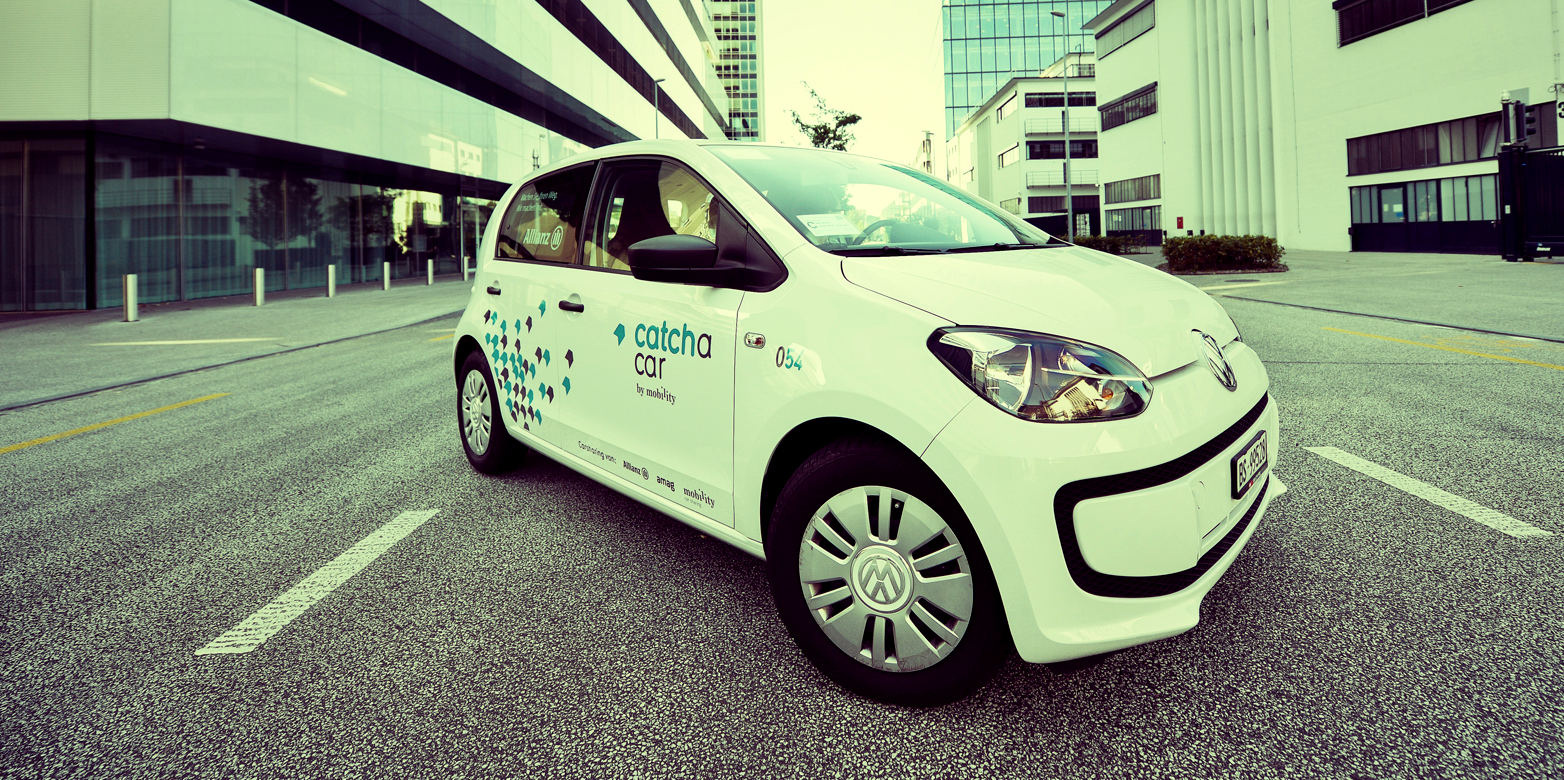MOBILITY
Traffic behaviour in Basel: Analysis and modeling
Project details
Duration
10.2014-12.2019
Sponsor
Mobility Car-sharing
Staff
Prof. Dr. Kay W. Axhausen, Daniel Reck and Thomas Schatzmann
Summary
In August 2014, Mobility has launched the Catch a Car service, the first free-floating car-sharing scheme in Switzerland. The Institute for Transport Planning and Systems at ETH Zurich has seized this opportunity to study free-floating car-sharing in the Swiss context.
For the study, a sample of car-sharing users from both Mobility and Catch a Car as well as from the general population was invited to a two-stage survey consisting of a questionnaire with general socio-demographic questions and a travel diary capturing insights into the individual travel behavior. Both survey elements were first conducted shortly after the launch of Catch a Car in November/December 2014 and in April/May 2015. In November/December 2015, they were repeated with the same respondents.
The results of the study gave valuable first insights into the user groups and usage patterns of free-floating car-sharing in Switzerland. In particular, it was found, that due to its more flexible – but in turn less reliable – nature it attracts different customers and is also used differently than the station-based car-sharing scheme Mobility.
It was found, that these differences also translate into a different impact on travel behavior. Yet, it was observed that on average, also Catch a Car members reduce their car usage, although to a lesser extent than members of the station-based scheme Mobility.
Due to the rather short study period of about one year from the launch of the scheme, the results are limited to the early customer groups and their initial usage patterns. Also the environmental impact has probably not yet reached its final level. Therefore, the observed effects only represent first trends indicating that Catch a Car complements the existing transportation system. It offers an affordable possibility to travel intra-urban distances in a short time and at the same time helps to reduce private vehicles holdings and use.
